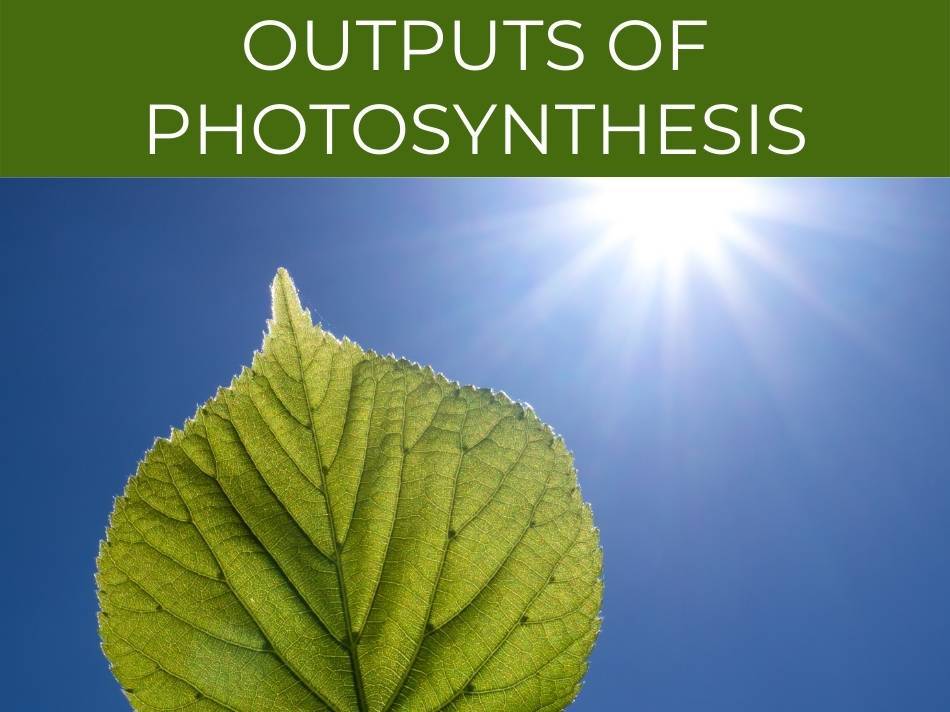Living organisms have been using photosynthesis to convert light into energy for millions of years. To understand how photosynthesis works, one must first understand what it does. But what are the outputs of photosynthesis?
The outputs of photosynthesis are oxygen and glucose, or sugar. It is a chemical reaction that takes in carbon dioxide, and when exposed to sunlight, produces oxygen and glucose. The main output is glucose. Oxygen, and to a lesser extent, water, are by-products of the process.
Soil and water are essential for plants, and sunlight is the catalyst that causes the chemical reaction that makes plants grow. Photosynthesis uses light to convert carbon into sugar that the plant needs to grow. The process also produces oxygen that is essential to all other life forms on the planet. How can you use this knowledge to help your plants grow?
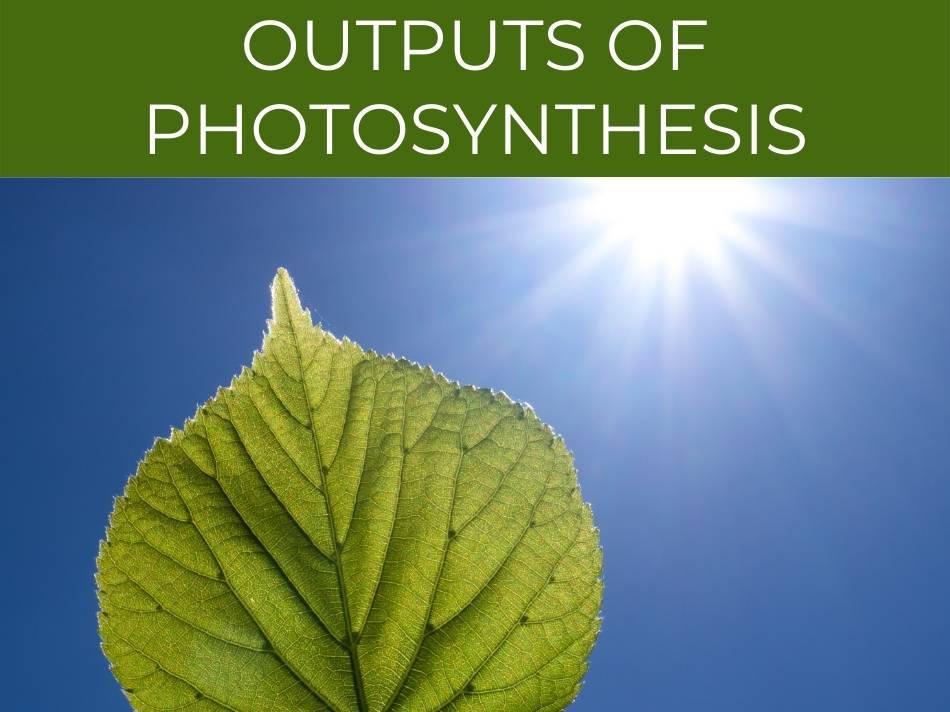
Outputs of photosynthesis
Photosynthesis is a natural reaction to sunlight by plants.
Plants take in carbon dioxide and water from the soil and the atmosphere, and when exposed to sunlight, they convert that to glucose, which feeds the plant and causes it to grow.
Inside the plant, there are chloroplasts that store the sunlight’s energy.
This is called chlorophyll and is why plants are green.
A result of that action is the production of oxygen, which is necessary for all living beings.
While plants use water from the soil, they also produce some vapor, and indirectly produce water themselves.
Here is an article to help you understand the science.
The outputs of photosynthesis, then, are glucose and oxygen.
The main output is glucose, or sugar, which is what feeds the plant.
The glucose is what makes the plant grow, which allows it to do even more photosynthesis.
It would take a very long time for humans and animals to use up all the oxygen around the planet, but eventually, if there were no plants, animal life would cease to exist as well.
Some plants produce more glucose and more oxygen than others.
Larger plants, like trees, produce the most oxygen, and faster-growing plants produce more than slower-growing plants.
See the inputs of photosynthesis.
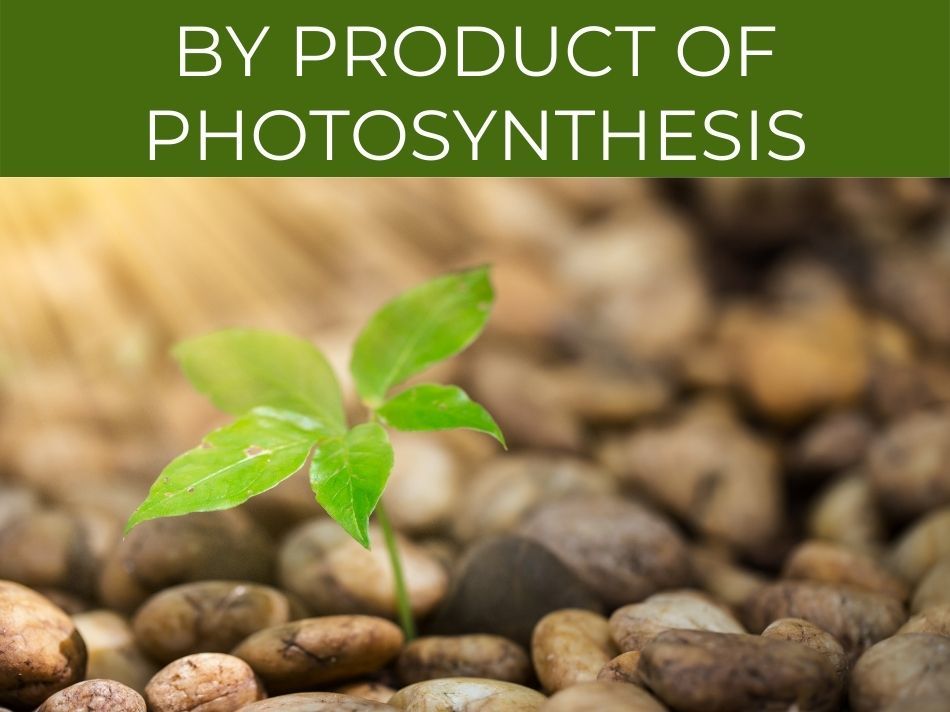
By product of photosynthesis
Photosynthesis is the chemical reaction inside a plant that allows the plant to survive and grow.
Photosynthesis can be compared to the digestion of food in human beings.
We take in food and water, and energy and growth are produced as a result.
Plants take in carbon dioxide and sunlight and produce glucose and oxygen.
Therefore, oxygen and glucose are by-products of photosynthesis.
The plant needs water and soil to survive, and it is the sunlight that brings about the reaction to the water and soil.
The plant digests the soil and carbon dioxide and produces glucose or sugar. It needs to remain healthy.
It also needs sunlight, as sunlight is what causes the reaction inside the cells of a plant.
As part of the oxygen production, plants also emit small amounts of vapor, which is essentially water, as an additional by-product.
The amount of water produced is not significant enough to support the plant, but it is part of the overall process.
The water is, however, used by the plant just as it uses water found in the soil.
The glucose is stored in the plant to be used for food and that helps it grow.
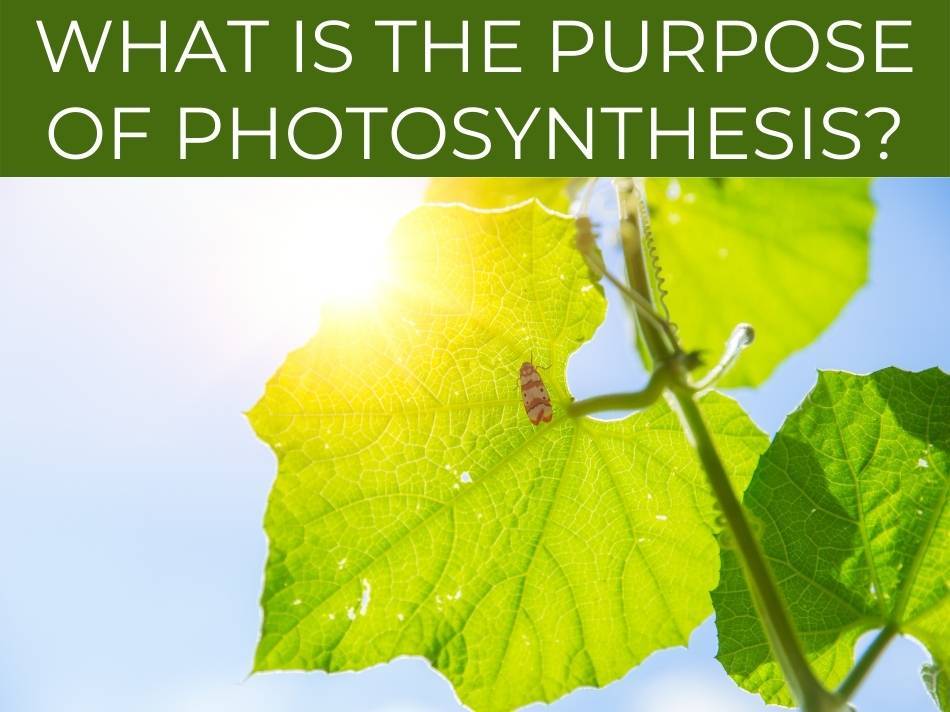
What is the purpose of photosynthesis?
The purpose of photosynthesis can become a philosophical question as well as a biological question.
Do plants exist for plants themselves, or do they exist for all of the animals on the earth that ultimately rely on them for survival?
The purpose of photosynthesis from a biological point of view is to produce glucose to convert into energy to support the plant.
Photosynthesis is the process by which plants convert raw materials into energy that keeps them alive and helps them keep growing.
The process is a key part of the cycle of life itself on the entire planet.
Plants are food for people and for animals, so the more photosynthesis plants can do, the more food will be produced for mammals as well.
On a philosophical level, you could argue that the purpose of photosynthesis is to produce more food for animals and humans.
The production of oxygen is also essential to life for all mammals, but the production of food is probably more significant.
Whether the production of oxygen is significant enough to alter the quality of the air overall is debatable.
The production of glucose, which causes the plant to grow and produce more food for mammals, is ultimately more significant to our survival.
See where in the plant photosynthesis takes place.
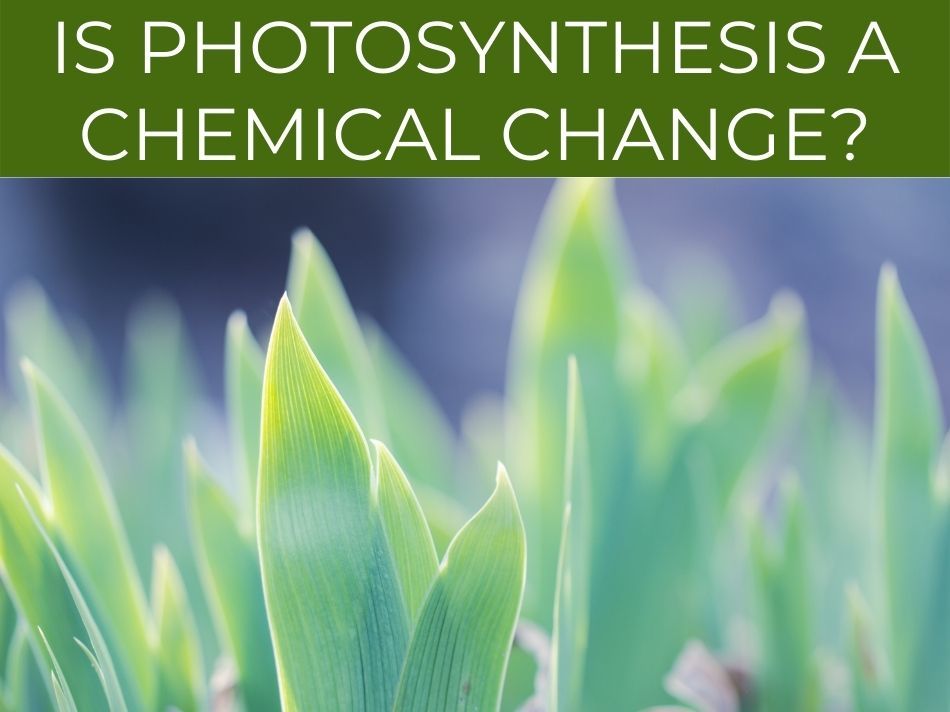
Is photosynthesis a chemical change?
A chemical change happens when there is a chemical reaction, and one substance is converted into a different substance.
Photosynthesis is a chemical change because it is a chemical reaction that converts carbon dioxide into sugar and oxygen.
There are several aspects and levels of the changes involved in photosynthesis, but they can be boiled down to just a few steps.
Plants take in carbon dioxide from the soil and the atmosphere and that turns into sugar and oxygen.
Inside the plant cell, water is oxidized as it loses electrons.
At the same time, carbon dioxide is reduced as it gains electrons.
This change in electrons is the chemical change that converts water into oxygen and carbon dioxide into sugar or glucose.
While sunlight is what causes the chemical reaction that is called photosynthesis, darkness is also essential.
While there is sunlight, chlorophyll absorbs light and creates energy.
At night, plants take the oxygen and glucose that was produced during the day and turn that into carbohydrates that cause the plant to grow.
During this time, the plant does what’s called respiration, and that is when oxygen is produced by the plant.
While sunlight is the catalyst for chemical change, the actual growth takes place at night during the respiration phase.
This article gives more detail on the chemical reactions.
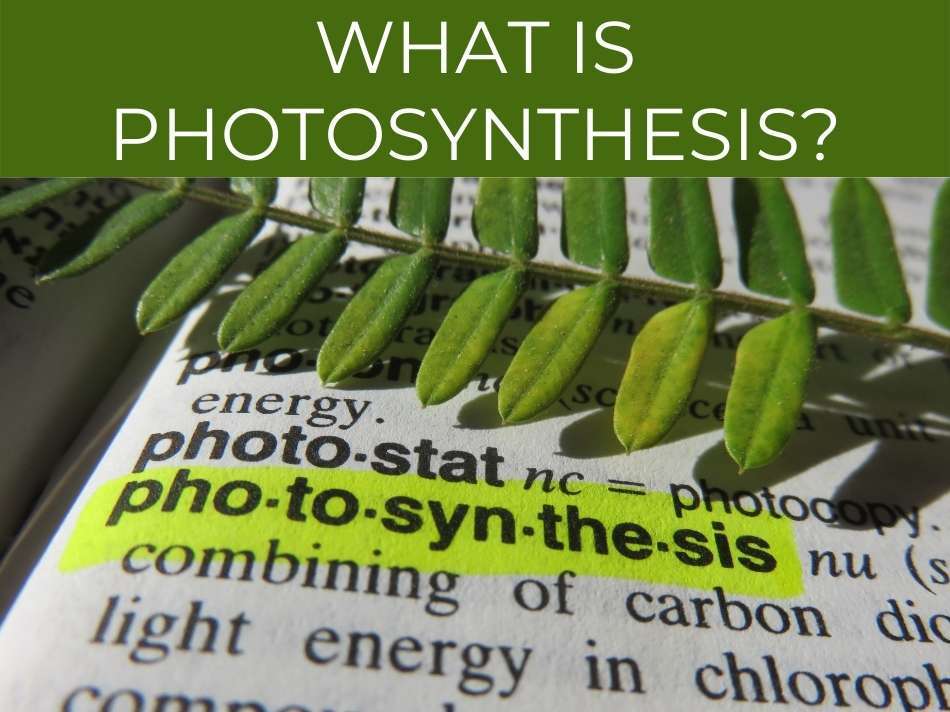
What is photosynthesis?
Photosynthesis is the key element that causes plants to grow.
The growth of plants produces oxygen and food, which is essential to all other life on the planet.
Photosynthesis, then, is the process by which plants convert carbon dioxide into oxygen and glucose.
Plants get carbon dioxide and water from the soil and from the atmosphere.
When it is exposed to sunlight, the plant converts those things into sugar and oxygen.
Photosynthesis is a chemical reaction that produces a chemical change inside a plant.
Chlorophyll is what makes plants look green, and it plays an essential role in the chemical reaction that happens.
Chlorophyll is made up of chloroplasts that absorb energy from light and reflect green light waves, which is why it looks green.
Find out which organelle performs photosynthesis.
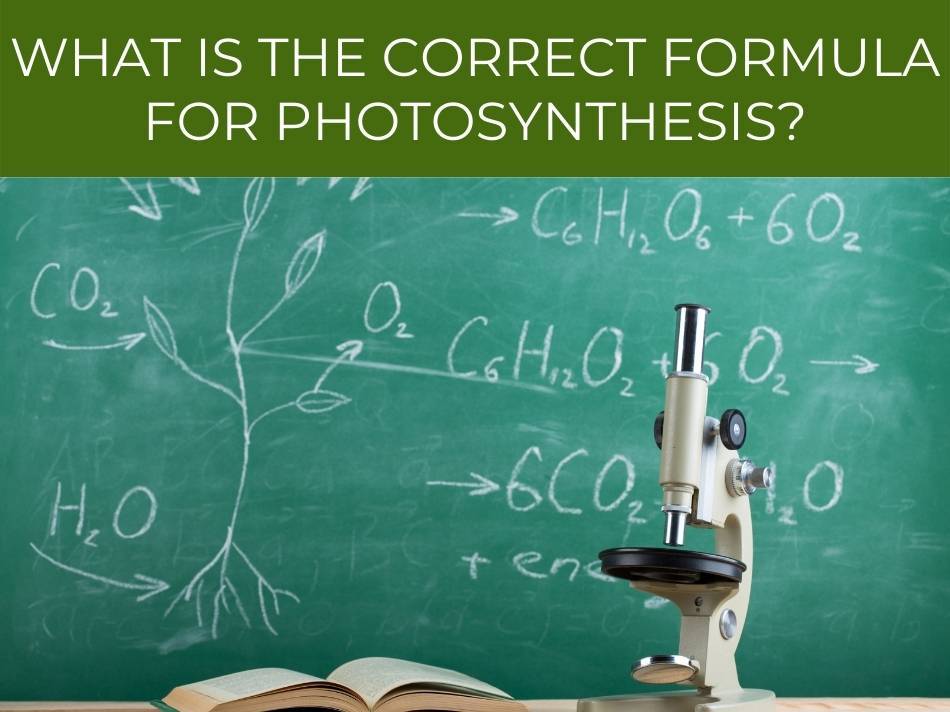
What is the correct formula for photosynthesis?
It would be great if scientists could figure out how to manipulate the photosynthesis process so more oxygen could be produced, and plants could be made to grow faster.
The correct formula for photosynthesis is: The correct formula for photosynthesis is 6CO₂ + 6H₂O = C₆H₁₂O₆ + 6O₂. Through photosynthesis, a plant takes in carbon dioxide and water, and using light, it converts those things into sugar and oxygen.
To some extent, it can be manipulated because there are things we can do that will promote the health and growth of plants.
Farmers use much more sophisticated methods now than they did a couple of hundred years ago, and they get much better results.
There is still a lot to be learned, however, and the actual process itself has not changed.
There are two phases; the light phase and the dark phase.
In the light stage, chlorophyll takes in light energy and converts the water into oxygen which is released through the leaves.
In the dark stage, called respiration, glucose is generated from the carbon dioxide the plant has gathered from the soil.
The glucose is stored in the plant, and it is used to keep the plant healthy and growing.

